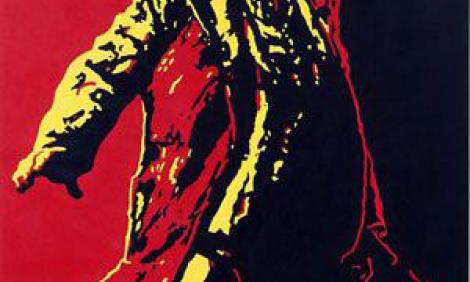
Feminist talk
Censorship in South Africa: Protecting or policing?
The Spear is a painting that depicts the African National Congress leader and South African president Jacob Zuma in a rallying pose, with genitals exposed. It has caused controversy and been defaced. Images of the painting have gone viral on internet. In late May 2012, the South African Film and Publications Board classified the painting, as "16N" - not suitable for people under the age of 16…
In depth
South Africa: Pornography and the internet - justifiable protection or entrenching patriarchy?
A draft Bill proposing a ban on sexual content on the internet and cellphones submitted to the South African Department of Home Affairs in May 2010 claims to have the best interests of women and children in mind. The Bill was submitted to the Department, which oversees the Film and Publications Board, by a non-profit organisation called Justice Alliance of South Africa (JASA).
In depth
South Africa: Privacy and domestic violence online and off
While women's rights activists have been at the forefront of making the private crimes that occur at home - domestic violence, marital rape - public, new technologies are making the private public in ways that disenfranchise, alienate and violate women. Esther Nasikye and Sally-Jean Shackleton explore how ICTs, privacy and domestic violence in South Africa are showing up problems in both policy…
In depth
Negotiating transgender identities on a South African web site
Jeanne Prinsloo, the APC's EroTICs project partner in South Africa, looks at the use of the internet by South African transgender people, and examines the internet's role in the process of transitioning from one gender identity to another. She concludes that the internet provides a critical space for trans people to access support, to rehearse their new identity, to hear marginalised narratives…
Publication
South Africa: Violence against Women and ICT
Two key debates are examined in the paper by Shereen Essof: censorship versus freedom of expression and privacy versus surveillance. She looks at the practices of VAW in a country with the world's highest reported rate of femicide and where there is little understanding of the strategic use of ICTs to support combating VAW as well as recognizing new avenues for perpetrating violence against women.




